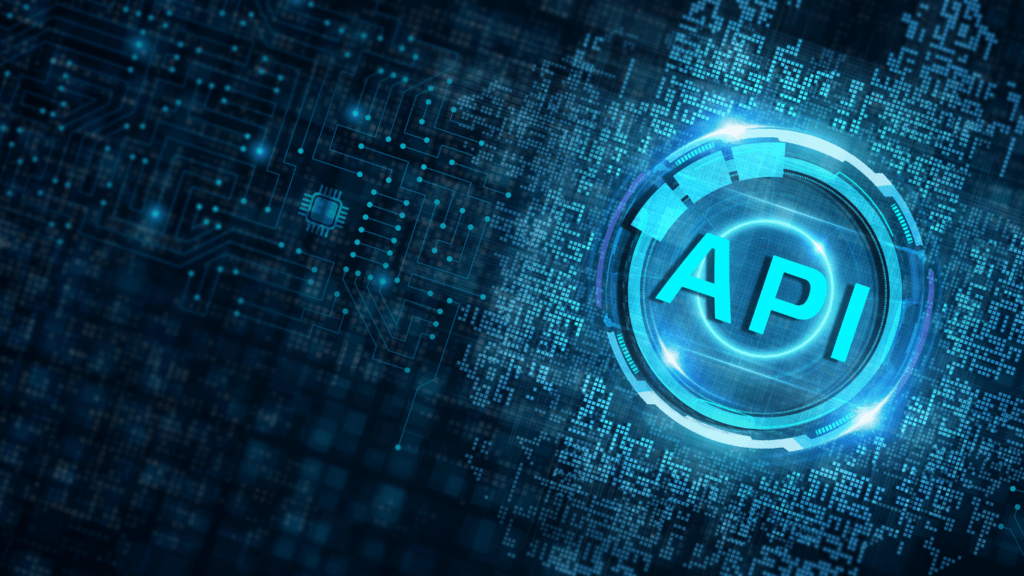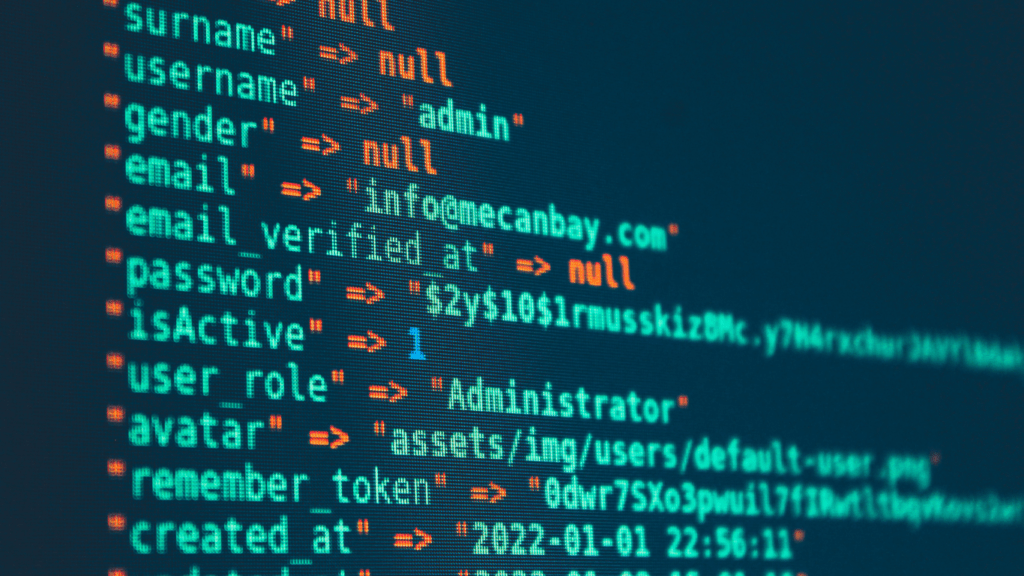What Is Clean, Maintainable Code?
Clean, maintainable code is code that’s easy to read, modify, and extend. It prioritizes clarity and organization, enabling developers to understand its purpose and logic without extensive effort. When code follows these principles, working collaboratively and troubleshooting errors becomes significantly more efficient.
Readable code uses descriptive variable names, consistent formatting, and logical indentation. For example, meaningful names like customerOrderList outperform vague ones like list1.
Well-structured code organizes related functions and groups similar tasks. Clear separation of concerns, through methods or classes, allows updates to one part without breaking others.
Minimal complexity creates maintainable code. Keeping functions short and handling one responsibility at a time helps avoid confusion. For instance, a function that only calculates totals is easier to debug than one performing calculations, formatting, and database insertion simultaneously.
Adherence to standards ensures consistency. Using common coding conventions, such as naming styles or comment guidelines in programming languages like Python or JavaScript, helps teams maintain coherence across projects. Examples include PEP 8 for Python or Airbnb’s style guide for JavaScript.
Importance Of Writing Maintainable Code

Maintainable code reduces development time by simplifying debugging and updates. Poorly written code often leads to wasted hours understanding logic or fixing unnecessary errors. Efficient code design eliminates such inefficiencies.
Improved collaboration stems from code that’s easy to read and understand. In team environments, clear code ensures every developer can contribute effectively without constant clarification or assistance.
Scalability becomes manageable with maintainable code. Adding features or adapting to changing requirements is seamless when code is structured logically and adheres to consistent conventions.
Reduced costs directly result from maintainable code. Teams spend less time fixing bugs or revisiting existing code, enabling them to focus on delivering new features and improvements faster.
Longevity ensures the project remains functional even as technologies and developers change. Code that’s readable and adaptable supports smoother transitions for new team members or migrating platforms without disruptions.
Industry standards such as DRY (Don’t Repeat Yourself) and SOLID principles promote maintainability. Following these practices fosters consistency and helps meet professional coding benchmarks.
Key Principles Of Clean Code
Clean code stands on foundational principles that ensure it remains easy to understand, modify, and extend. I focus on four crucial aspects when aiming for clean, maintainable code.
Readability
Readable code minimizes ambiguity and facilitates rapid understanding. I use descriptive variable names like customerOrderCount instead of vague terms like x or data. Consistent indentation helps distinguish code blocks, while comments clarify non-obvious logic when necessary. Properly organized files and functions further improve readability.
Simplicity
Simple code avoids unnecessary complexity and prioritizes straightforward solutions. I break down tasks into smaller, manageable functions and prefer native language features over overly abstracted frameworks. Following the KISS (Keep It Simple, Stupid) principle ensures maintainability and improves debugging efficiency.
Consistency
Consistent coding practices reduce cognitive overhead and errors. I adhere to agreed-upon coding standards, such as formatting guidelines, naming conventions, and indentation rules. Tools like linters and formatters help enforce consistency across the codebase, enhancing collaboration and understanding.
Modularity
Modular code promotes reusability and separation of concerns. I design small, independent functions or classes focused on a single responsibility, adhering to the SRP (Single Responsibility Principle). By decoupling dependencies, I can modify or test individual components without impacting unrelated parts.
Step-By-Step Guide To Writing Clean Code
Clean code begins with intentional practices that prioritize such as:
- readability
- maintainability
- efficiency
I follow these seven steps to ensure my code adheres to professional standards.
Step 1: Follow Coding Standards
I adhere to established coding standards to maintain consistency and clarity across my projects. Standards like the PEP 8 for Python or the Google JavaScript Style Guide help enforce proper naming conventions, spacing, and structure. These guidelines enhance collaboration and ensure my code is aligned with industry benchmarks.
Step 2: Use Meaningful Names
I use descriptive and contextually relevant names for variables, functions, and classes. For instance, I prefer names like calculateTax over ambiguous ones like doSomething to immediately convey the function’s purpose. Clear naming eliminates confusion and reduces the learning curve for collaborators.
Step 3: Write Small, Focused Functions
I break tasks into smaller functions, each handling a single responsibility. For example, a function validateInput would only check data validity, leaving unrelated tasks to other methods. This approach improves code readability, debugging, and testability.
Step 4: Avoid Code Duplication
I consolidate repetitive logic by creating reusable functions or modules. Instead of replicating the same logic across the codebase, I use principles like DRY (Don’t Repeat Yourself) to streamline updates and reduce redundancy.
Step 5: Add Comments And Documentation Wisely
I write comments only when necessary to explain complex logic or unique decisions. For example, I document why a specific algorithm was implemented rather than stating the obvious. Clean code speaks for itself, so I aim for clarity in naming and design to minimize redundant comments.
Step 6: Refactor Regularly
I evaluate and improve my code continuously through refactoring. Removing unnecessary complexity, renaming variables for clarity, or dividing overly large functions ensures my code remains maintainable and efficient over time.
Step 7: Test Your Code Thoroughly
I write and run unit tests, integration tests, and end-to-end tests to ensure functionality across scenarios. Tools like Jest for JavaScript or pytest for Python help verify my code’s behavior and reliability, minimizing potential bugs in production environments.
Tools And Best Practices For Writing Clean Code
Using the right tools and adhering to proven best practices simplify the process of creating clean, maintainable code. I rely on these strategies to ensure consistency, clarity, and collaboration across projects.
Version Control Systems
Version control systems, like Git, track changes to codebases and facilitate collaboration. They allow me to manage code history, revert to previous versions, and merge contributions from multiple developers seamlessly. By creating branches for new features, I isolate changes while keeping the main codebase clean. I regularly commit code with clear messages to maintain an organized record of updates.
Code Linters And Formatters
Code linters and formatters enforce coding standards and improve consistency. I use tools like ESLint for JavaScript or Pylint for Python to identify syntax errors and enforce best practices. Formatters like Prettier automatically structure code for readability by standardizing indentation, spacing, and line breaks. These tools help eliminate common errors and align code with established guidelines.
Pair Programming And Code Reviews
Pair programming enhances code quality by involving two developers in real-time problem-solving.
While one writes the code, the other offers feedback and suggestions, ensuring logical and efficient solutions.
Code reviews, conducted after development, allow team members to inspect and refine code for clarity, functionality, and adherence to standards. I use pull requests to document proposed changes and encourage collaboration during reviews.

 A creative force behind the scenes, Justino Davisenics brought strategic vision and practical insight to the growth of Code Hackers Elite. Leveraging his experience in developer outreach and digital content curation, Justino helped craft the platform’s user-centric experience and shaped its editorial voice. His contributions have been key in fostering a vibrant community of coders and ensuring the content remains relevant, insightful, and engaging for developers at every stage of their journey.
A creative force behind the scenes, Justino Davisenics brought strategic vision and practical insight to the growth of Code Hackers Elite. Leveraging his experience in developer outreach and digital content curation, Justino helped craft the platform’s user-centric experience and shaped its editorial voice. His contributions have been key in fostering a vibrant community of coders and ensuring the content remains relevant, insightful, and engaging for developers at every stage of their journey.
